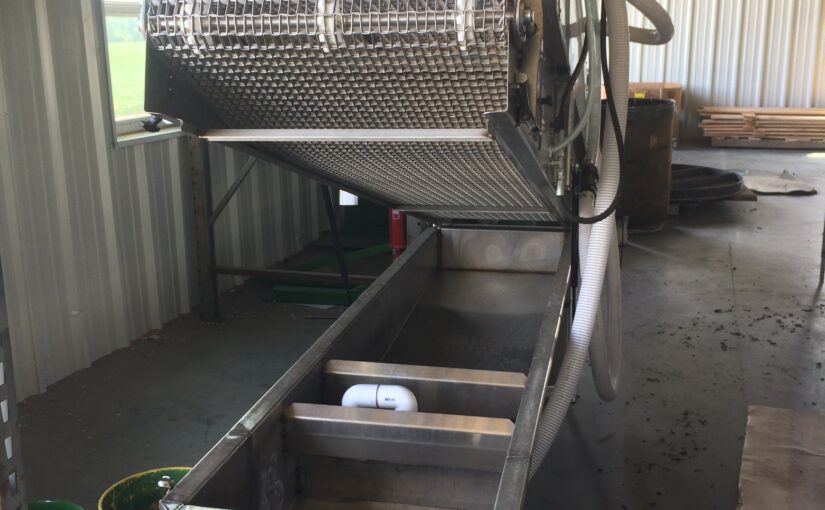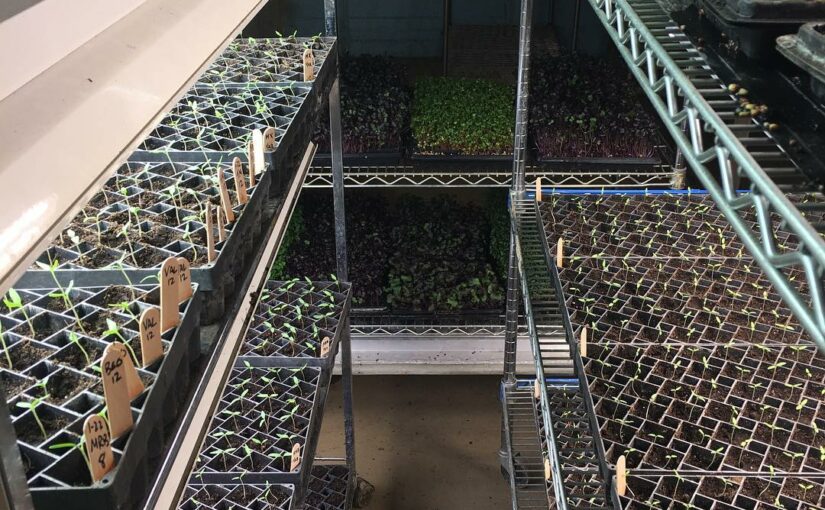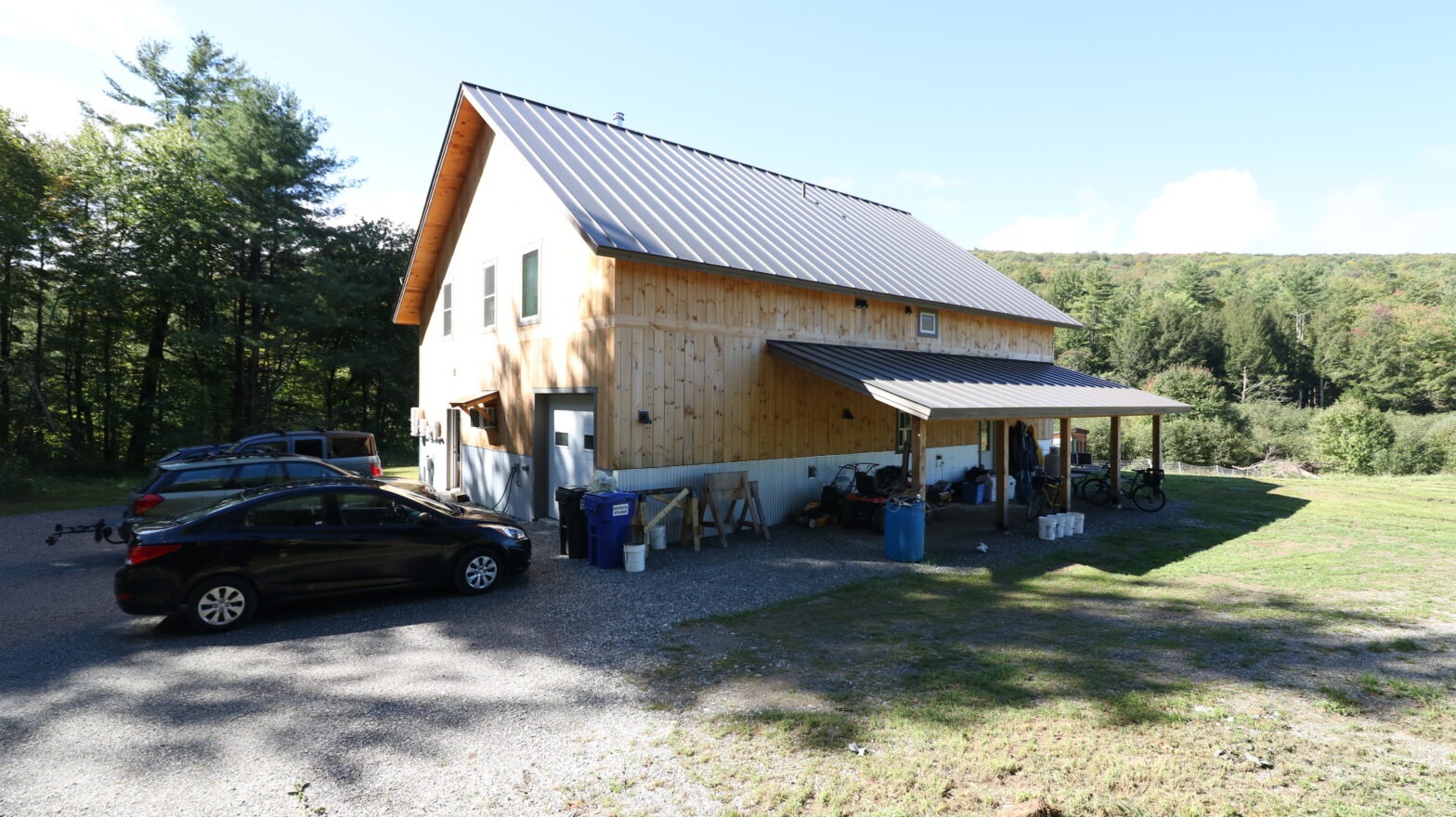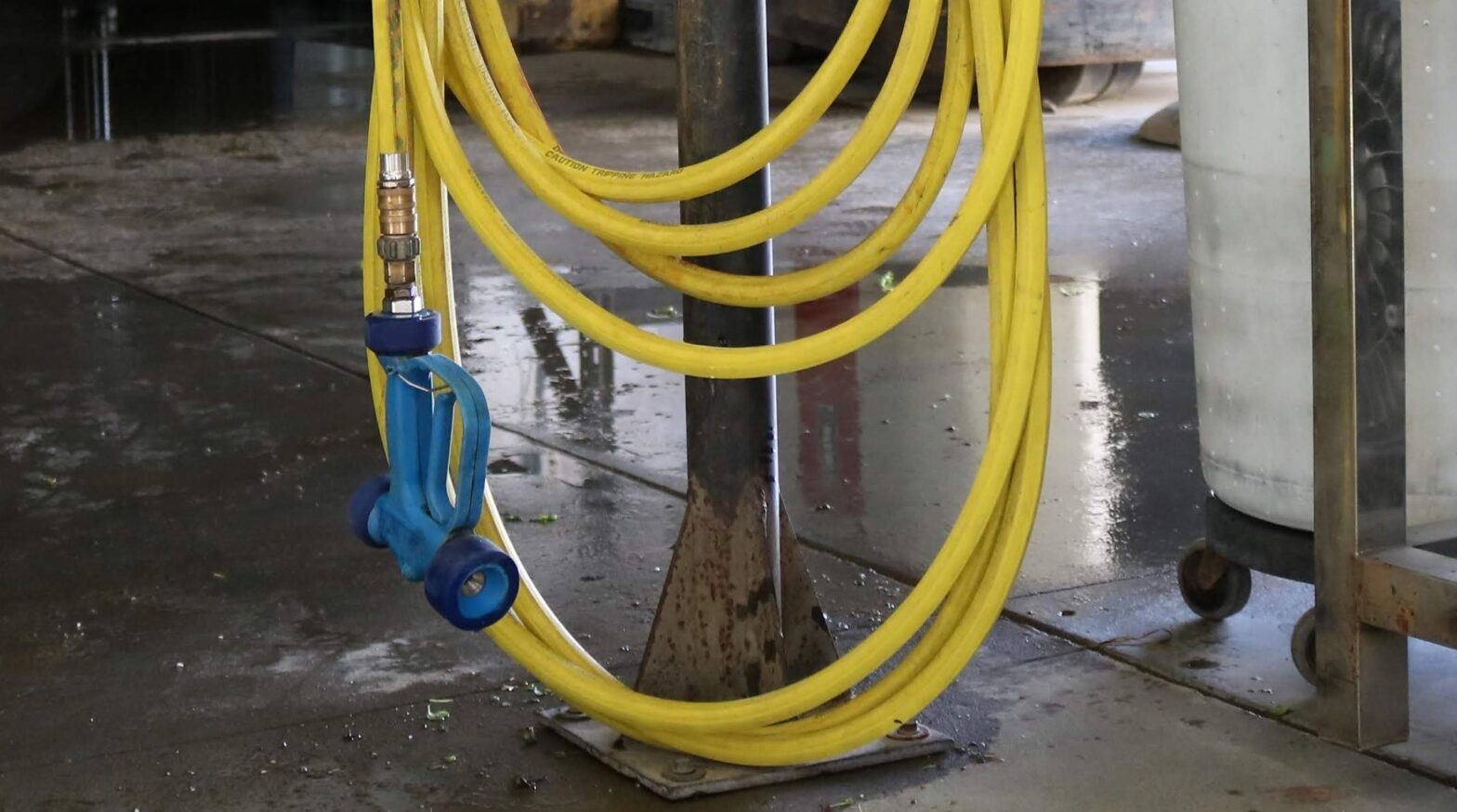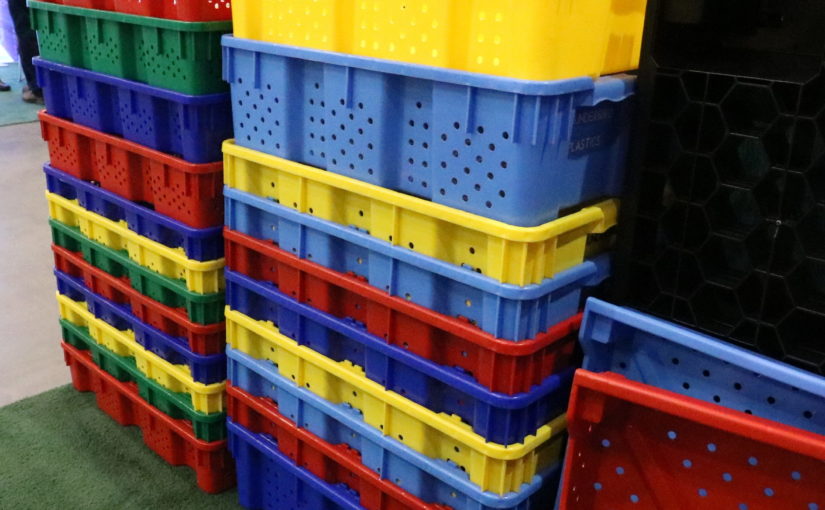Hygienic design intentionally creates or improves spaces and equipment so they can be cleaned and sanitized as appropriate. This post, associated PDF guide and checklist (PDF and Excel, instructions) are tools we developed to help apply hygienic and sanitary design practice on produce farms. We also collaborated on a video introduction to hygienic design with …
Continue reading “Hygienic and Sanitary Design for Produce Farms”

